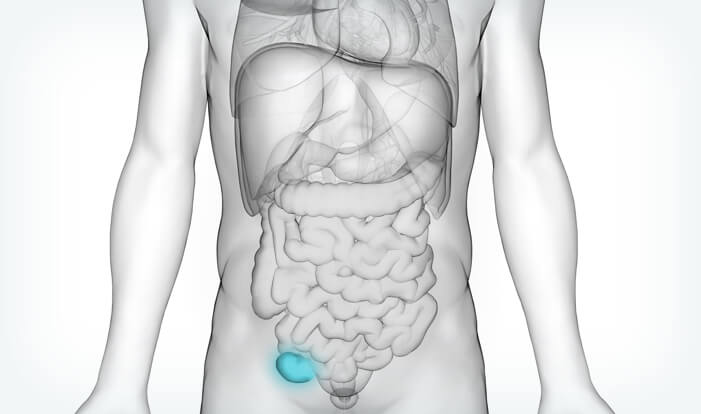Inguinal hernia
Most hernias are inguinal, and the majority of these occur in men. In this type, part of the intestine or other tissue bulges through the inguinal canal, which is located in the groin near the top of the inner thigh.
Umbilical hernia
This is the second most common type of hernia
Hiatal hernia
The diaphragm’s job is to separate the chest from the abdomen. In hiatal hernias, part of a patient’s stomach bulges through the diaphragm into the chest.
Incisional hernia
These are fairly common AFTER abdominal surgeries. They occur when tissue protrudes through a poorly healed surgical site.
Epigastric hernia
Tissue bulges through the abdominal muscle between the belly button and the chest.
Femoral hernia
Much more rare than inguinal hernias, femoral hernias primarily affect older women. They are typically smaller and occur a bit lower down in the groin area. Femoral hernias develop in the femoral canal, which is where the femoral artery and vein flow into the thigh.







